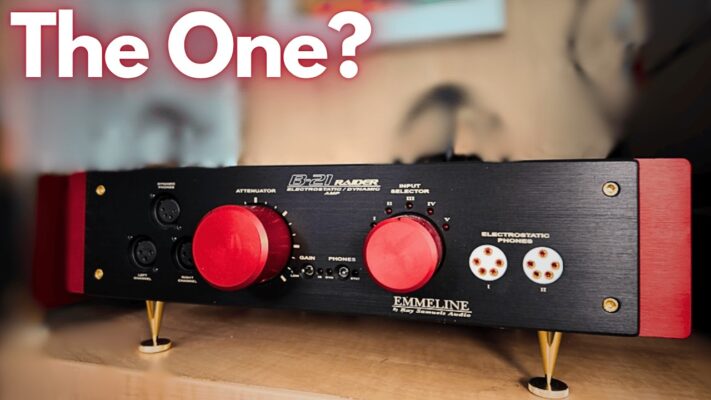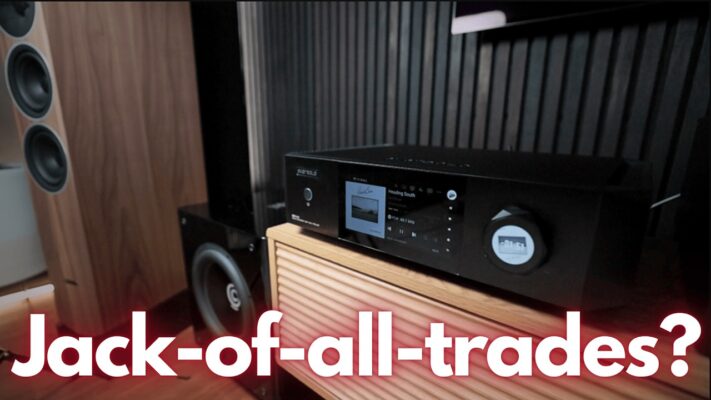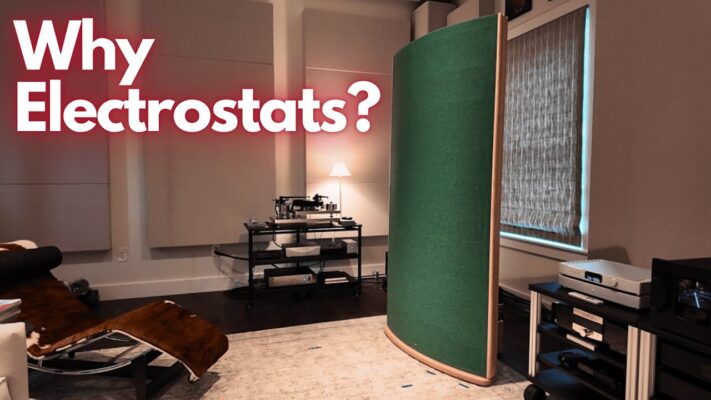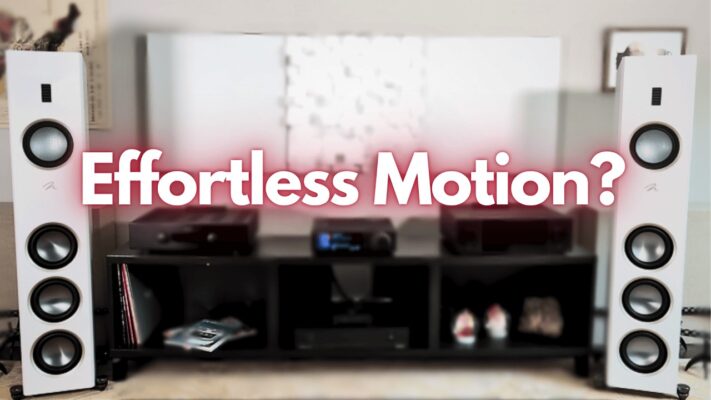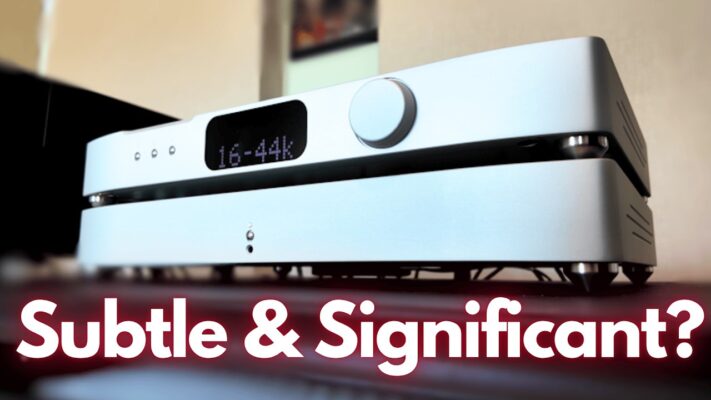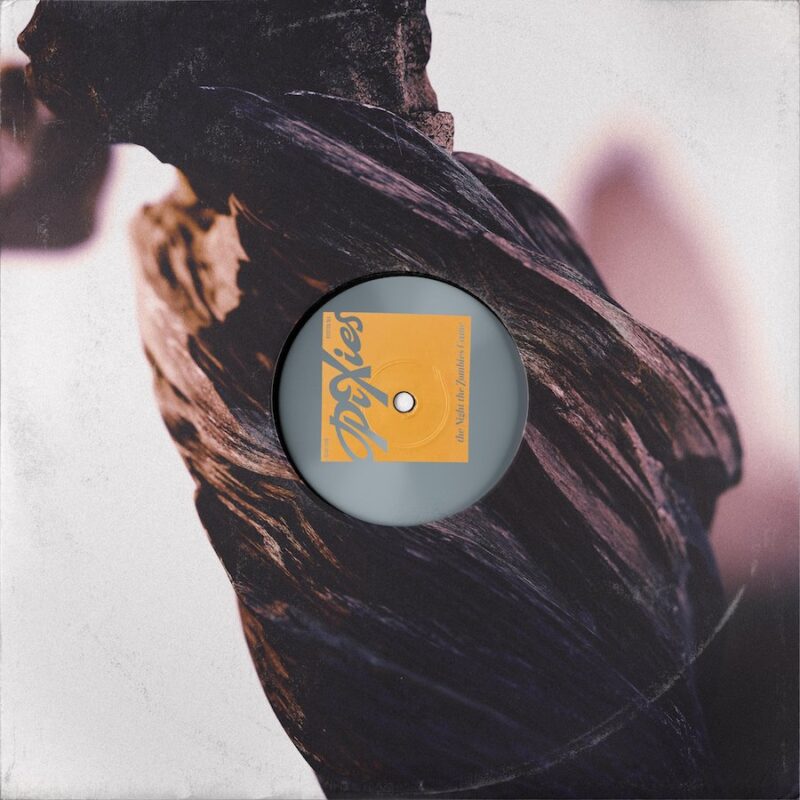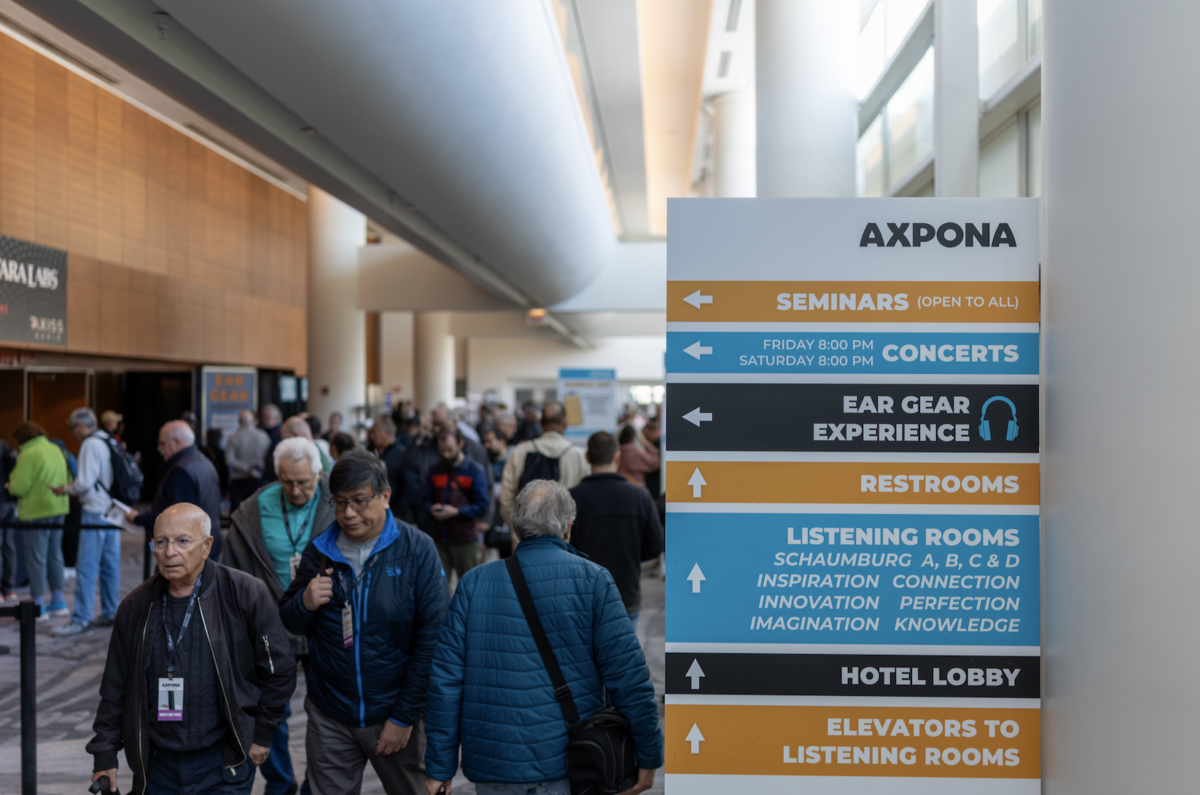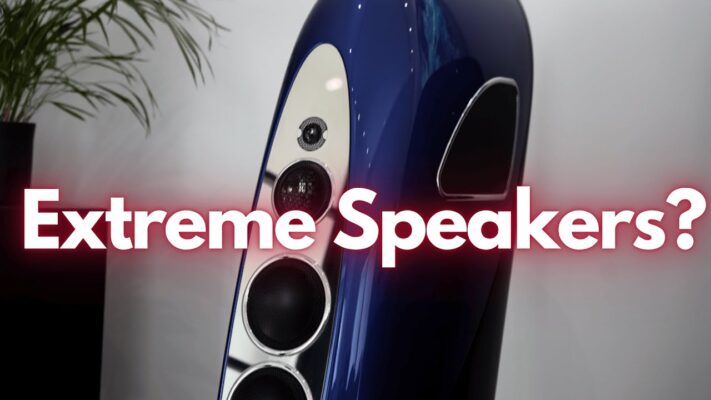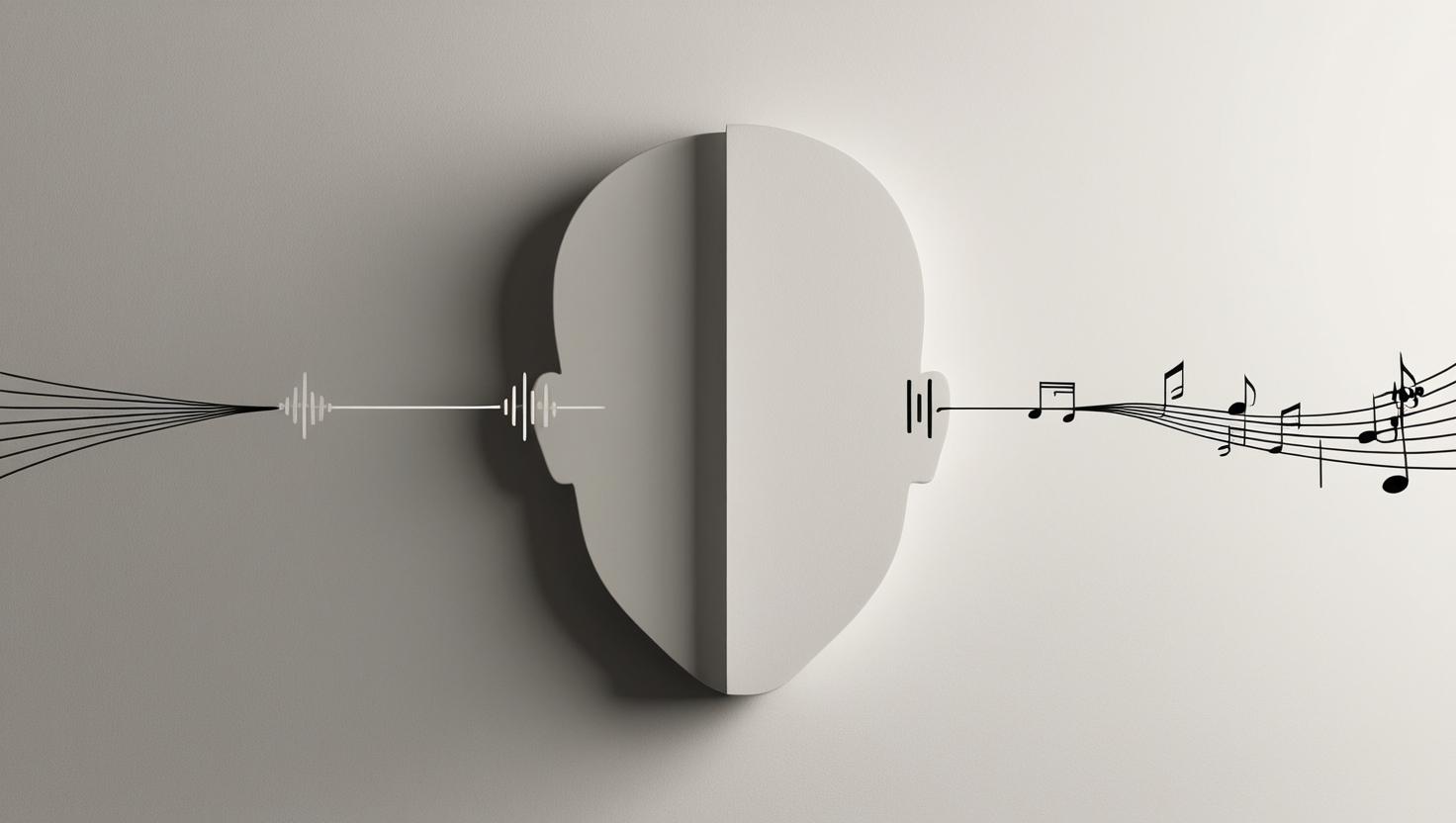
What are we trying to accomplish?
- Musical Enjoyment. It is worth reminding ourselves and readers that a main part of the goal here is musical enjoyment. We love music well performed, and assume our audience does too, so we are always searching for enhancements to that experience. We often say “your sensitivities may differ from ours, so we offer insights into what equipment and software and set-up procedures does, but you have to conclude how you value those.”
- A Quest. One of the great things about the audio-for-music hobby is that it can be conducted as a quest. To support this, we set forth a goal of “believable musical performance”. Such a goal is one that, arguably, cannot be fully achieved, which makes audio-for-music an almost ideal quest. Audio-for-music is also ideal as a quest because it is logically and scientifically complex, which makes it potentially rewarding over decades.
- Appreciation of Progress. Our experience doing this over more than 50 years is that great progress has been made toward believable musical performance at home. We, and those who join us, enjoy following the development of science and engineering and art in service of the core goal. The people involved in this progress are often interesting, and their thinking is interesting, and their effort is admirable. We examine all kinds of products and procedures and technologies and histories and personalities as part of this. We are hopeful that the sometimes-high price of innovations is simply the beginning of a technological wave that cascades down or up the price ladder.
Why Is Believability Important for These Goals?
“It sounds good” or “I like it” are in one sense the standard, but in another sense quite unhelpful. If, as suggested above, you want to explore music and learn to deepen your appreciation and learn how to make the sonic elements more rewarding, then it is helpful to have a learning approach. A key part of this is having a reference – standards for judging good and bad, successful and unsuccessful. The existence of a reference shifts observations from subjective to objective, at least if care is exercised. “It sounds good” is too vague to be a useful observation.
In music itself, there are many approaches to having standards. There are books and articles on this. And, a dedicated listener can easily ‘test drive’ music at extremely low cost, now that we are in a streaming world.
In music audio, on the other hand, it is harder to experiment and the methodology for approaching the audio side of things is less rigorously worked out on average. We have worked on this for decades and have learned quite a bit. But in a nutshell, we use the sound of real music and real musical instruments (the absolute sound) as the reference standard. An audio system that can reproduce a guitar or a singer or a jazz band or a symphony so that it sounds believably real, will tend to be more satisfying for most listeners most of the time. Again, this latter point is our experience from over 50 years of listening to live music and audio reproduction of music across hundreds of reviewers. Note that this isn’t the same as saying you need to listen to a particular kind of music. The point is that the ability to render music that has a known sound believably is a benchmark for understanding how well audio systems will work across a wide range of musical types.
Why Believability?
Besides its predictive power for musical satisfaction across a range of music types and recording techniques, we use believability for another reason. We want to free listeners from a worry about something that has been called ‘accuracy’. The concept of accuracy, for some listeners, can lead to an excessive focus on small details that aren’t knowable (what instrument with what mic was used in the recording), and that aren’t essential to limiting musical distractions. ‘Believability’ is intended to indicate the reduction of distracting distortions to a level that gets audio distractions below a threshold.
The 6 Major Problems of Audio Believability
We assert, based on years of observation, that audio engineering is often focused on the refinement of established work. This makes sense in that audio engineering, like most engineering, will work on solving problems known but incompletely solved in a last generation of development. As a result, since audio engineering has focused on reduced distortion in the signal path from input to output of the consumer audio system, distortion reduction there will get maximum focus. We are approximately 100 years into this work, and we observe that distortion reduction in the input/output signal path is still valuable. And we observe that so much progress has been made that ongoing progress there will likely be gradual and perhaps of incremental impact.
On the other hand, issues outside the core and well-known distortions in the signal path tend to receive less attention. We believe it is time to highlight some of the opportunities beyond the classic input/output distortion model. We call these the six major issues with audio believability. These generally aren’t addressed in the standard model of measurement (science is often confined to phenomena that can be modeled with manageable mathematics). And they get less engineering effort because they are less well understood and because they often involve multiple participants in the overall music chain.
Two of these major issues of audio are largely outside the consumer audio equipment realm:
- the problem of visual images
- the problem of recording standards
But the other four are in the audio equipment wheelhouse but involve system level and psychoacoustic knowledge:
- the problem of spatial imaging
- the problem of bass in real rooms
- the problem of dynamics
- the problem of digital distortions
The problem of visual images can be described as a key difference between concerts and music at home. With a concert, there is a visual presentation happening that is generally missing in the home environment. There are questions about why and whether this is important, but in most of the audio world it goes undiscussed and unaddressed, particularly when the focus is on music with high quality recording.
The problem of recording standards refers to the wide variations in frequency balance, compression and imaging management used across recordings. At some level, these different approaches can’t all be right. At another level, it is completely unclear that the distortions present are genuinely helpful.
The problem of spatial imaging is simply one of presenting performers in a way that makes them distinct and believably present in a believable space. This does not seem to be a problem of stereo per se, but a problem of psychoacoustics and a problem of execution vis a vis emerging psychoacoustic knowledge. It may be easier or harder to address this issue by going outside the standard stereo architecture, but empirically this is not even close to obvious, in fact quite the contrary.
The problem of bass in real rooms is that residential listening rooms (whether purpose-built or not) have resonances and reflections and noises (environmental and music-generated) that lead to distortions of the music emanating from the audio system. These distortions are complex and very specific to particular rooms. These distortions are generally unlike what happens in clubs or concert halls.
The problem of dynamics is that the sound of real instruments and voices encompasses a range of levels that often extends outside the linear (and often total) capability of audio equipment. This is also a problem with recordings and with listening rooms.
The problem of digital distortions is that A/D and D/A processing leads to mathematical errors that are quite unlike the basic music signal and thus are both obvious and distracting. The sources of these errors seem either poorly understood or involve system architectures that individual engineers do not control.
Tags: BELIEVABILITY HIGH-END AUDIOPEDIA
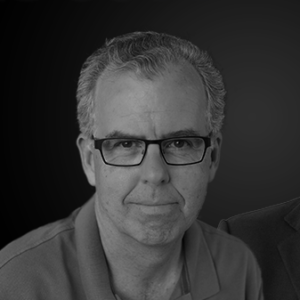
By Tom Martin
More articles from this editorRead Next From Blog
See all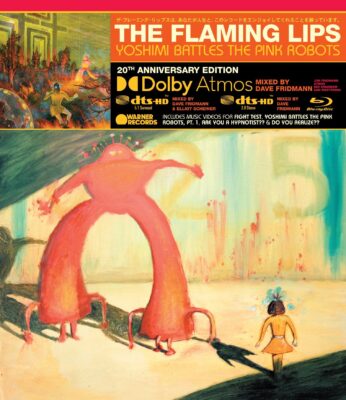
An Immersive Masterpiece
- Jul 01, 2025

The Physics of Describing Music Reproduction
- Jun 10, 2025
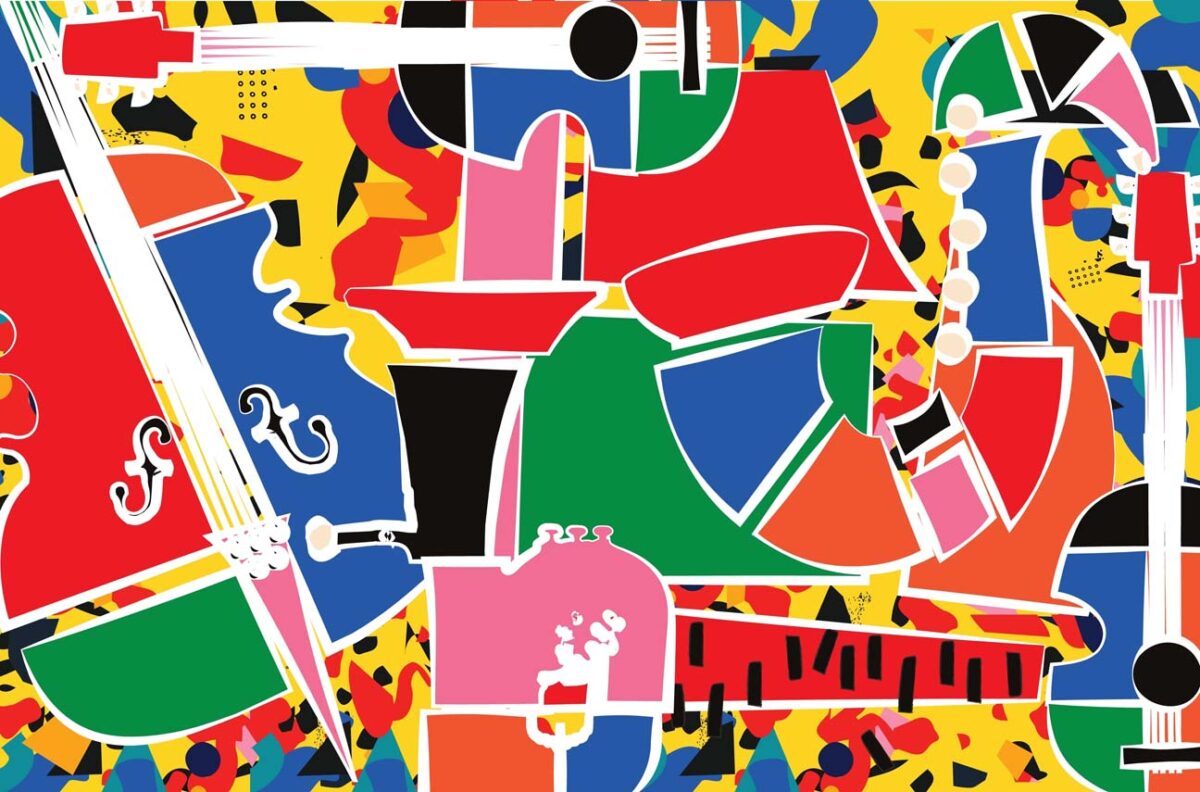
Detailed Frequency Ranges of Instruments and Vocals
- Jun 05, 2025










